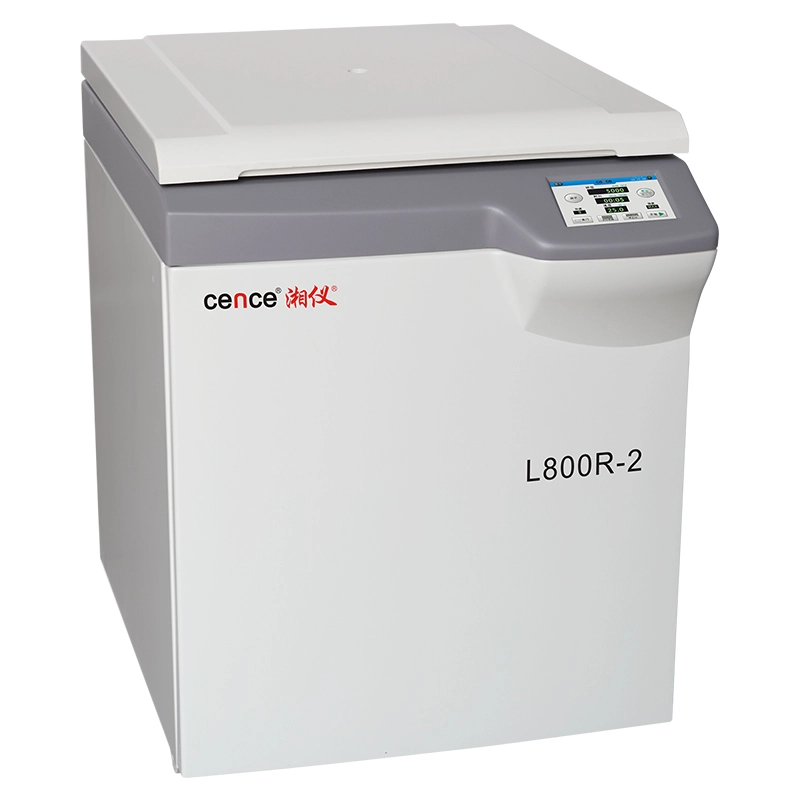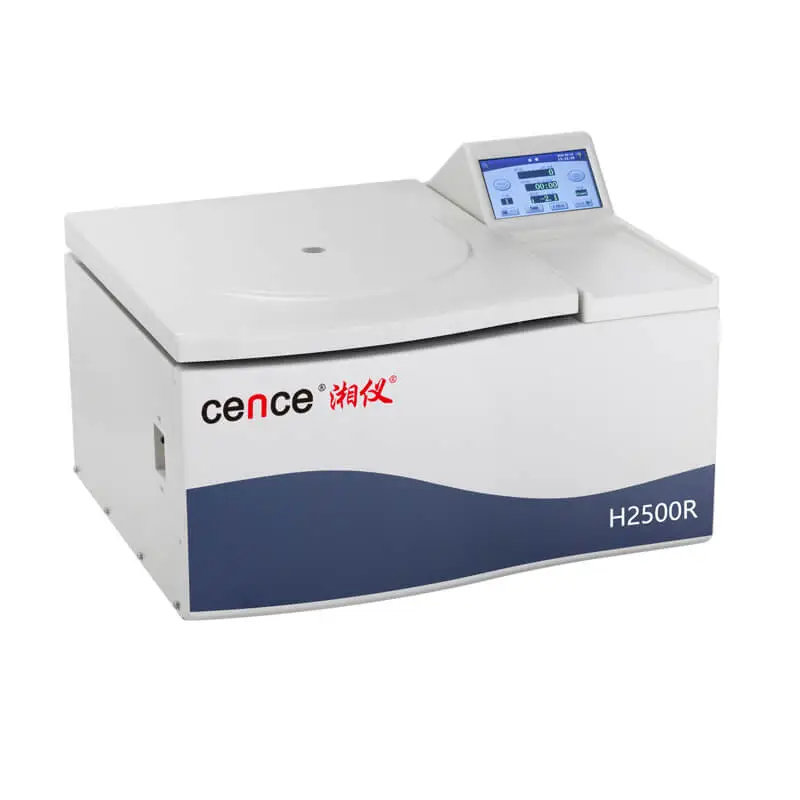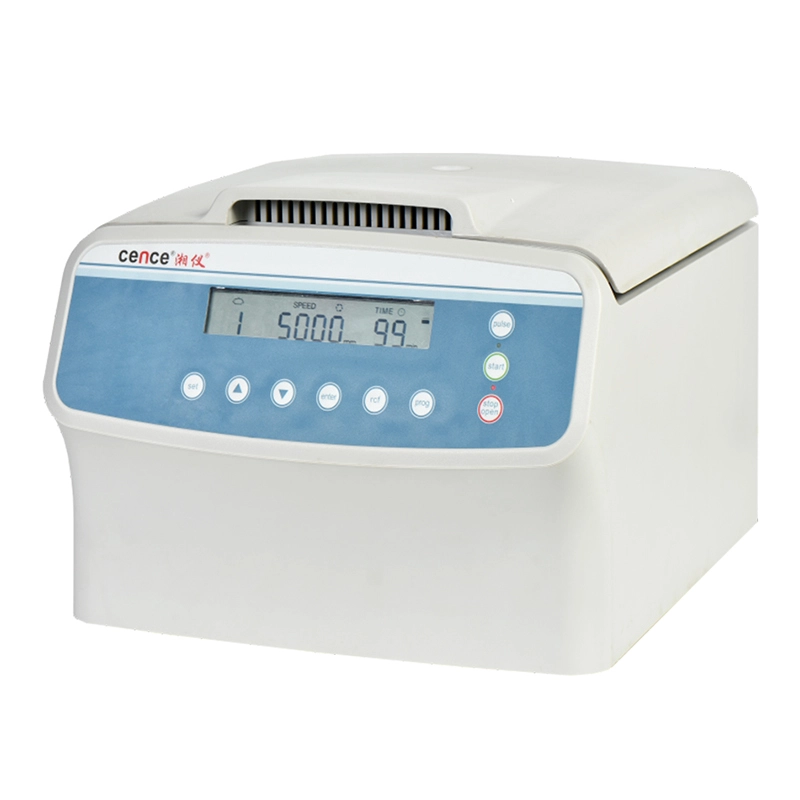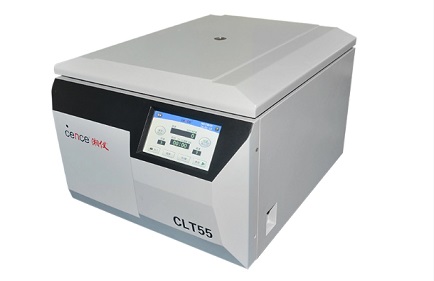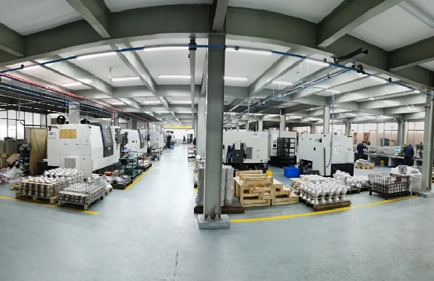When it comes to molecular biology and biochemistry research, having access to a high-quality high speed microcentrifuge is essential. These powerful benchtop centrifuges are designed to spin samples at extremely high speeds, allowing for quick and efficient separation of biological molecules. However, in order to get the most out of your high speed microcentrifuge, it is important to follow certain tips and techniques. In this blog, we will cover some key strategies for maximizing the efficiency and accuracy of your high speed microcentrifuge use.
Proper Sample Preparation
One of the most important factors in achieving accurate and reliable results with a high speed microcentrifuge is proper sample preparation. Before loading your samples into the centrifuge, it is crucial to ensure that they are properly mixed and free of any air bubbles. Additionally, it is important to balance your sample tubes to avoid any imbalances that could affect the spinning process. By taking the time to properly prepare your samples, you can help to ensure that your high speed microcentrifuge runs smoothly and produces accurate results.
Optimal Speed and Time Settings
Another key factor in maximizing the efficiency of your high speed microcentrifuge is selecting the optimal speed and time settings for your specific experiment. Different samples may require different speeds and spin times in order to achieve the desired separation. It is important to consult the user manual for your high speed microcentrifuge, as well as any relevant protocols or guidelines, to determine the best settings for your particular experiment. By carefully selecting the appropriate speed and time settings, you can ensure that your samples are properly processed and that you obtain accurate results.
Regular Maintenance and Calibration
In order to keep your high speed microcentrifuge operating at peak performance, it is important to regularly maintain and calibrate the instrument. This includes cleaning the centrifuge rotor and chamber, checking for any signs of wear or damage, and ensuring that all moving parts are properly lubricated. Additionally, it is important to regularly calibrate the speed settings on your high speed microcentrifuge to ensure that it is spinning at the correct speeds. By taking the time to properly maintain and calibrate your instrument, you can help to prolong its lifespan and ensure that it continues to provide accurate and reliable results.
Safety Considerations
Finally, it is important to always follow proper safety protocols when using a high speed microcentrifuge. These powerful instruments can spin samples at speeds of up to 20,000 RPM or higher, which can pose a serious risk of injury if proper precautions are not taken. Always wear appropriate personal protective equipment, such as gloves and safety goggles, when operating your high speed microcentrifuge. Additionally, be sure to properly secure the centrifuge lid before starting the spinning process, and never attempt to open the lid while the centrifuge is in motion. By following these safety guidelines, you can help to prevent accidents and ensure a safe working environment.
In conclusion, high speed microcentrifuges are powerful tools that are essential for molecular biology and biochemistry research. By following the tips and techniques outlined in this blog, you can help to maximize the efficiency and accuracy of your high speed microcentrifuge use. Remember to properly prepare your samples, select the optimal speed and time settings, regularly maintain and calibrate your instrument, and always follow proper safety protocols. By taking these steps, you can ensure that your high speed microcentrifuge continues to provide accurate and reliable results for your research projects.
 English
English 한국어
한국어 français
français Deutsch
Deutsch Español
Español italiano
italiano русский
русский português
português العربية
العربية tiếng việt
tiếng việt Indonesia
Indonesia
